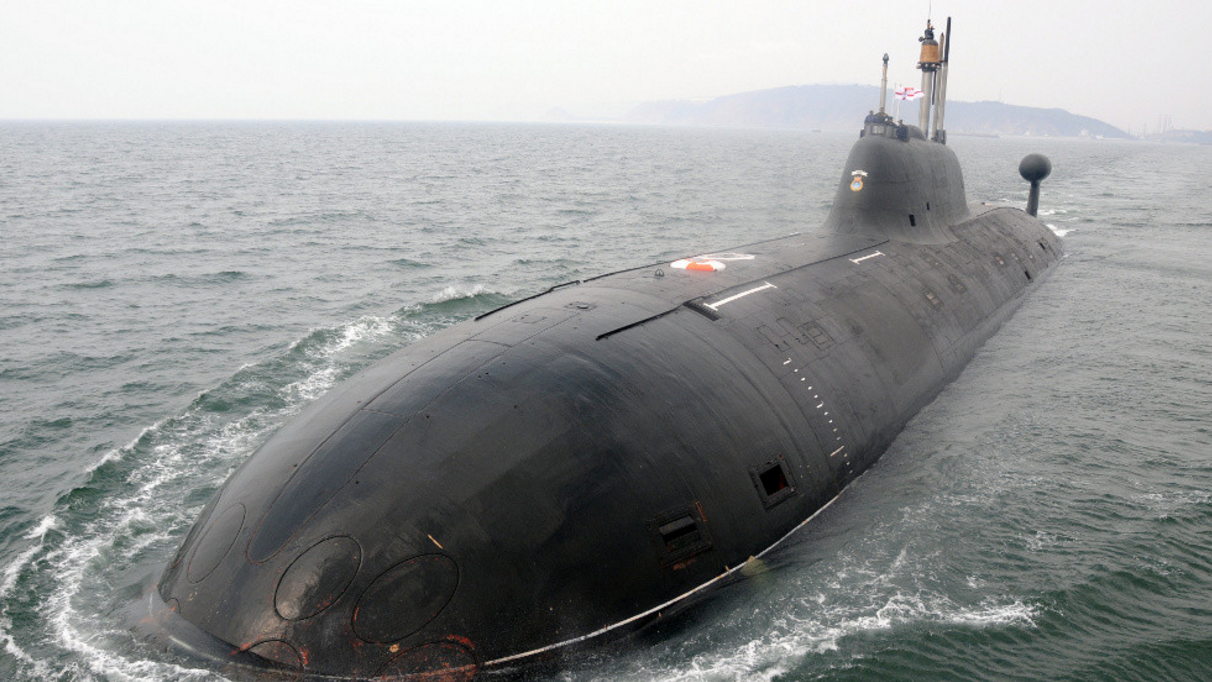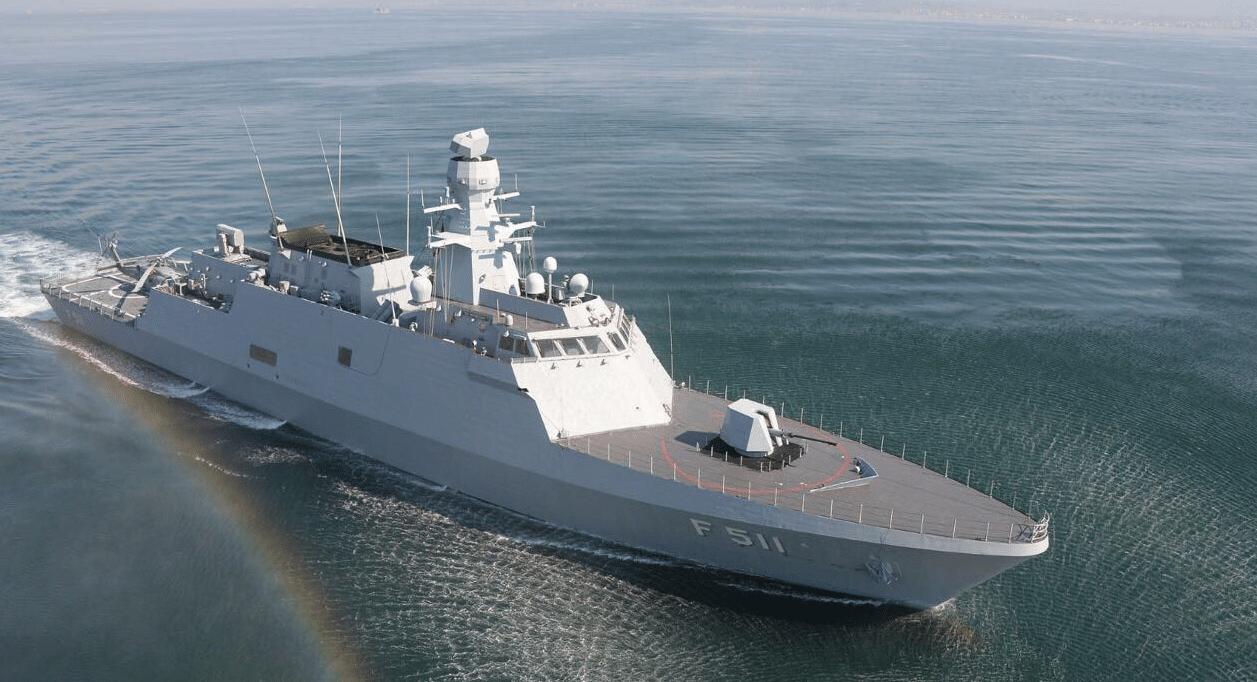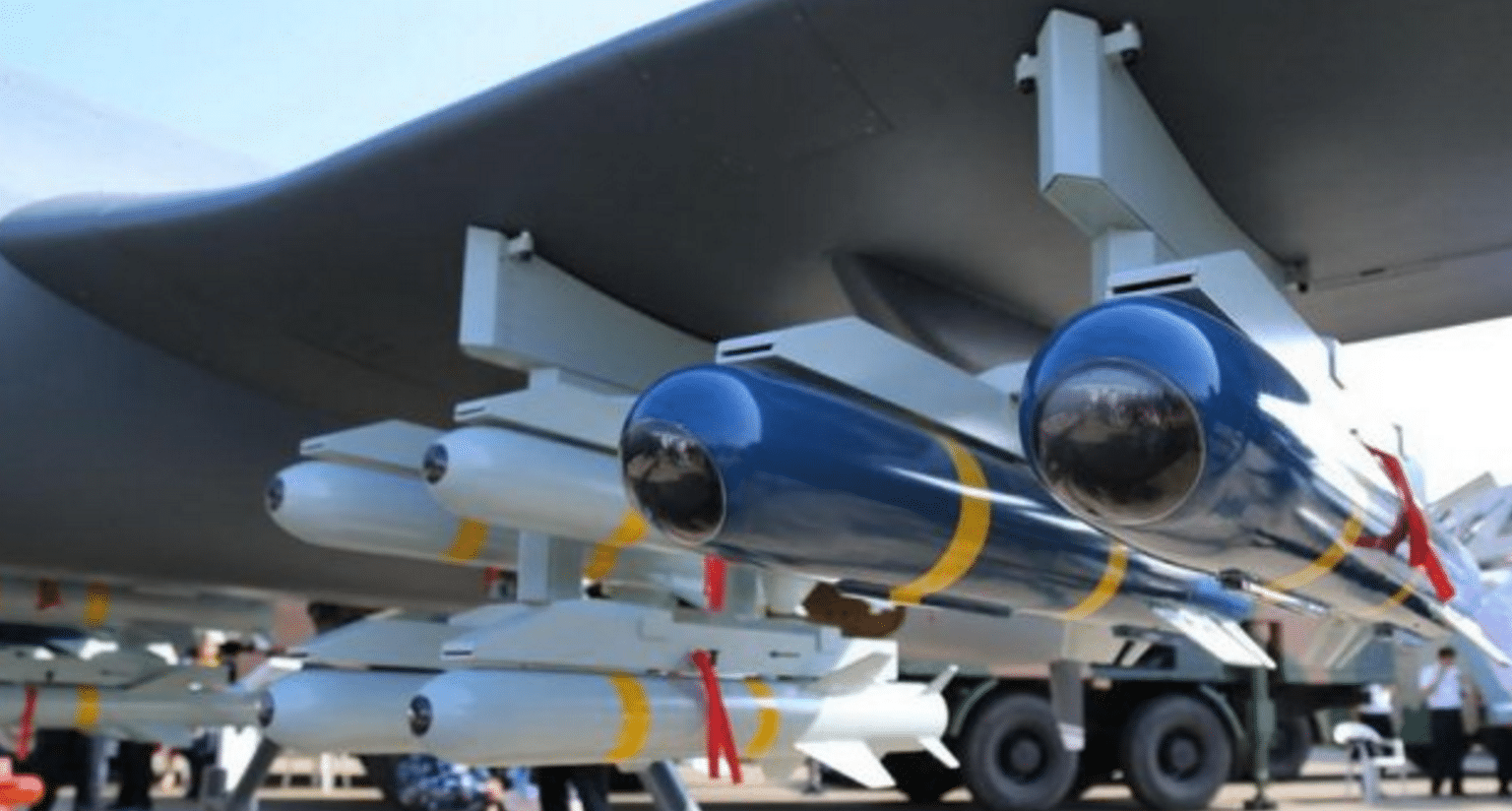31Views 7Comments

India will lease a second Akula-class nuclear attack submarine
As part of the multi-billion-dollar defence agreement reached in the middle of October, New Delhi will be leasing a second Akula-class nuclear attack submarine (SSN) from Russia. The cost of this lease, which also includes a portion of the construction and sea trial costs, will sit at $1.5-2 billion U.S. (IHS Jane’s).
IHS Jane’s reported that this second SSN would enter Indian service from 2021/2022, effectively replacing the current Akula-class SSN in use by the Indian Navy – the INS Chakra. The INS Chakra’s lease is due to expire around that timeframe.
The INS Chakra is the second Russian SSN to have been used by the Indian Navy, which had previously procured the Project 670 Skat-class in the late 1980s to generate experience in operating SSNs.
Numerous reports indicated that the Indian Navy – at least as of late – was not interested in leasing the second Akula-class SSN. Rather, it had sought the newer Project 885 Yasen-class SSN, of which seven were ordered by the Russian Navy (with only one in service).
In parallel with the Arihant-class nuclear-powered ballistic missile submarine (SSBN), the Indian Navy also placed six indigenously developed and produced SSNs in its long-term procurement pipeline.
Analysts from IHS Jane’s and The National Interest believe that India had hoped to have its design and engineering personnel participate in the production of Yasen-class SSNs as a means to build capacity for the indigenous SSN program.
Notes & Comments:
India’s indigenous SSN and SSBN programs are significant undertakings. The culmination of layers of long-standing research, development, engineering, and industry efforts in many areas, from hull design and construction, material structures development, to miniaturized nuclear reactor development (among others) have been dedicated to bringing these programs to fruition. Operating nuclear-powered submarines has been a strategic objective for New Delhi for several decades, at least.
The principal benefits of SSN and SSBNs, especially for newcomer designers and producers such as India (which require time to mitigate acoustic detectability in their SSN/SSBN designs), reside in speed, range, endurance, and payload. SSNs can be utilized as part of distant naval deployments, such as protecting a carrier group in another region. These ships have limited utility for defensive engagements, and Pakistan’s immediate proximity indicates that New Delhi’s focus (in regards to SSN/SSBNs) is more distant.
One could place New Delhi’s desire for SSN and SSBNs in its desire to cement the Indian Navy’s status as a blue-water force in general (which could further elevate the Indian Navy’s position in global maritime affairs), and in specific terms, to possess readily available assets for use in the Pacific theatre.


